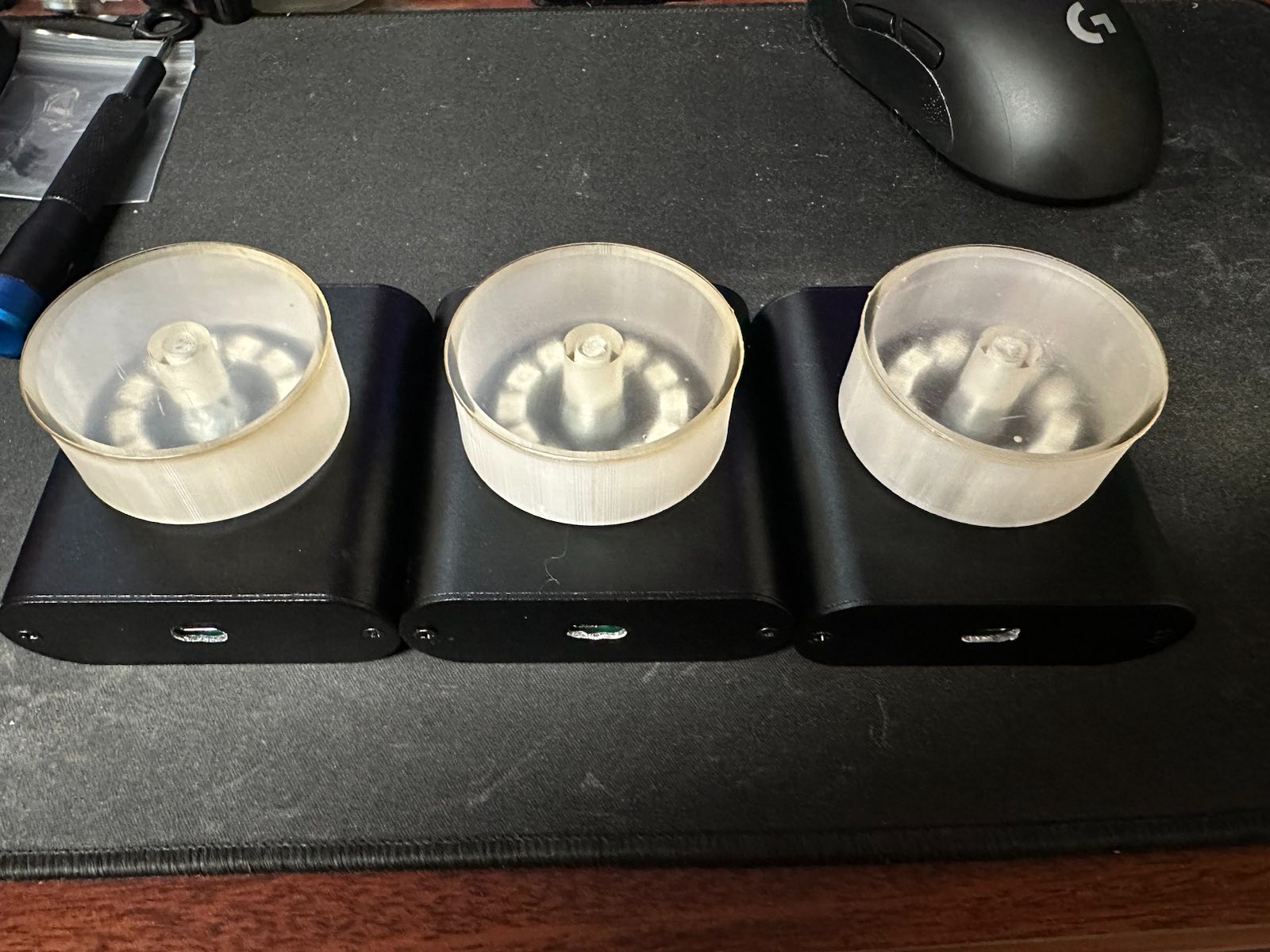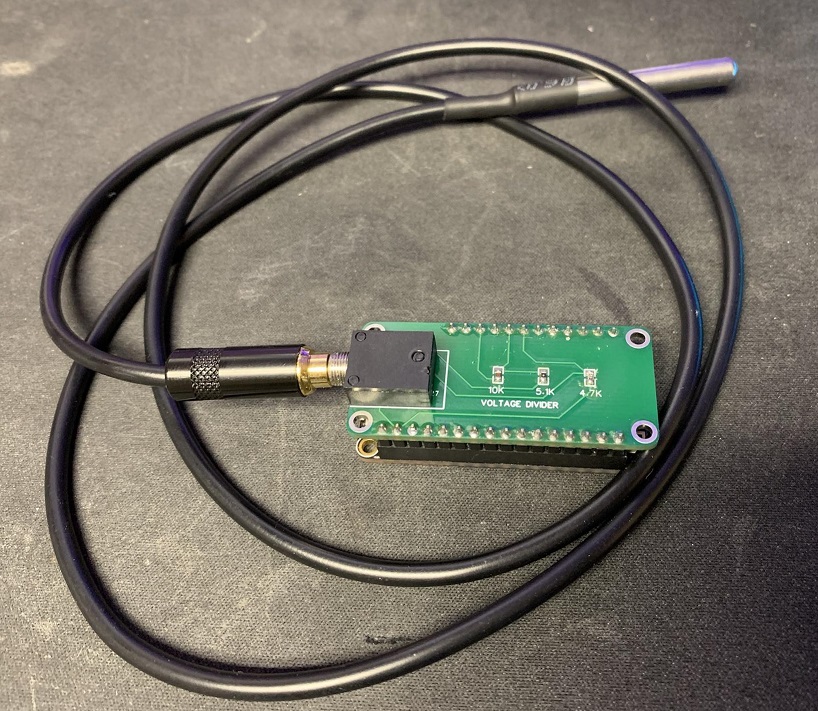OverTheWire Natas Level 0
I recently read that OverTheWire had released a new wargame, so I decided to play for fun.
The first level is extremely easy. You are presented with a page that tells you that you are able to find the password on this page.
If you then view the source, you can see the password to the next level is in plain text, in an HTML comment.






